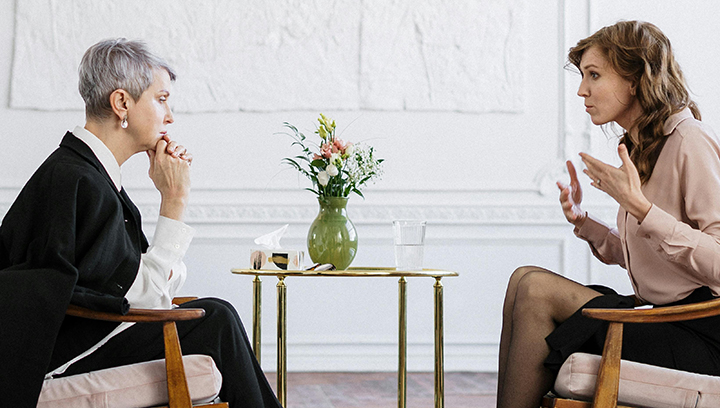
Understanding the therapeutic alliance: a key concept in counselling
What Is the therapeutic alliance?
At its core, the therapeutic alliance is the sense of trust and collaboration between a client and their therapist. It’s about building a relationship where the client feels understood, supported, and safe enough to explore their deepest thoughts and emotions. This connection allows clients to tackle challenging issues, develop insights, and work towards meaningful change.The therapeutic alliance isn’t just about friendliness or rapport – it’s a professional relationship. It involves mutual goals, agreed tasks, and a bond that enables the client to feel ‘held’ and understood, even during difficult moments. This shared space of trust empowers the client to engage deeply in the therapeutic process.
Why is it so important?
Research consistently shows that the strength of the therapeutic alliance is one of the most significant predictors of positive outcomes in therapy. Whether the approach is person-centred, cognitive-behavioural, or psychodynamic, the quality of the relationship often matters as much as, if not more than, the specific techniques employed.For clients, a strong alliance provides:
- Safety: clients need to feel safe to express vulnerability.
- Trust: they must trust the therapist to guide them without judgment or harm.
- Collaboration: the relationship fosters a sense of shared purpose, helping clients feel they are not alone in their journey.
Building and maintaining the alliance
As a therapist in training, understanding how to cultivate the therapeutic alliance is vital. Here are some key principles to consider:- Empathy and active listening: clients need to feel heard and understood. Demonstrating empathy – whether verbal or nonverbal – lays the groundwork for trust.
- Collaboration: therapy should feel like a partnership. Involve the client in setting goals and deciding on tasks to foster ownership and engagement.
- Transparency and boundaries: Being clear about your role as a therapist and the structure of therapy creates a safe container for the client’s exploration.
- Adaptability: every client is unique. Some may form alliances easily, while others might require more time and patience.
- Addressing ruptures: disagreements or misunderstandings can occur. Addressing these openly, rather than avoiding them, can strengthen the bond.
The alliance in practice
In real-life therapy, the therapeutic alliance might look like this:- A client initially hesitant to share begins to open up as they sense the therapist’s non-judgmental acceptance.
- A rupture occurs. Perhaps the client feels misunderstood. But the therapist addresses the issue with curiosity and care, rebuilding trust.
- Over time, the client grows to feel supported enough to tackle deeply painful issues, knowing the therapist will ‘hold’ them through the process.
A cornerstone of your training
If you're embarking on counselling training, the therapeutic alliance will be a concept you'll hear often. You’ll learn how to build it, repair it, and use it as a tool to empower your clients. Through reflective practice and supervision, you’ll develop the self-awareness needed to navigate the complexities of therapeutic relationships.Whether you're working with a client who opens up easily or one who struggles to trust, your ability to establish a strong alliance will be central to their success – and to yours as a therapist.
Understanding the therapeutic alliance isn’t just theoretical – it’s deeply practical. By honing this skill, you’ll lay the foundation for meaningful and effective work as a future counsellor.
If you’re eager to learn more about how to cultivate this essential relationship, our Diploma inIntegrative Counselling and Psychological Therapy might be the next step for you.